30 Foods That Are Naturally Pink
Naturally pink foods are packed with nutrients like lycopene and anthocyanins, offering health benefits from heart health to anti-inflammatory properties. Including strawberries, watermelon, beets, and pink salmon in your diet can enhance overall well-being.
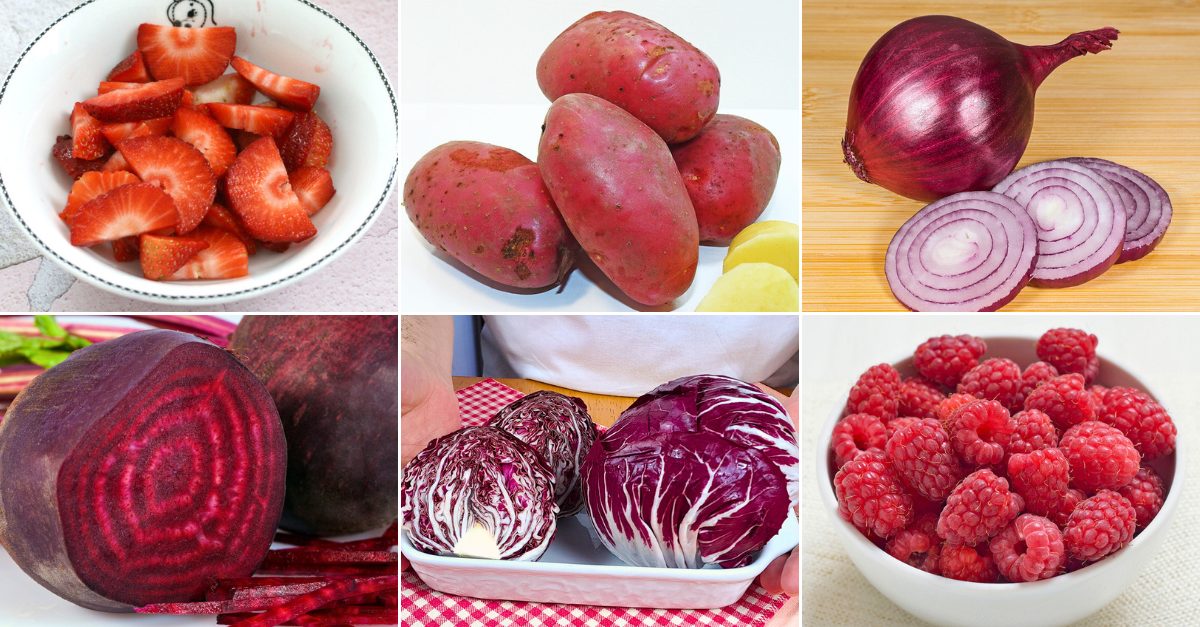;Resize,width=742;)
Incorporating a spectrum of colors into our diets isn't just about making meals more visually appealing; it's a cornerstone of nutritional wisdom. Each color in our food denotes a different set of phytonutrients and health benefits, contributing to a well-rounded and healthful eating pattern. In celebration of National Pink Day week it's the perfect opportunity to explore the rosy-hued treasures of the culinary world. Pink foods are not just eye-catching; they're packed with a variety of nutrients essential for maintaining good health. From fruits and vegetables to grains and seafood, let's uncover the naturally pink foods that can add both color and nutritional value to our plates.
What Makes Food Naturally Pink
The natural pink color in foods can be attributed to a variety of pigments and compounds. One of the most common is lycopene, a powerful antioxidant found in tomatoes and watermelons, which is known for its heart health benefits and cancer-preventing properties. Another pigment, anthocyanin, found in berries like strawberries and raspberries, offers anti-inflammatory and anti-viral benefits. Betalains, which are found in beets, not only provide their vivid color but also boast detoxification support. These natural pigments do more than just make food look appealing; they contribute to a host of health benefits that can protect and enhance bodily functions.
Naturally Pink Foods and Their Benefits
Let's explore a list of 30 naturally pink foods, delving into what they are, where they can be found, and their health benefits:
1. Strawberries
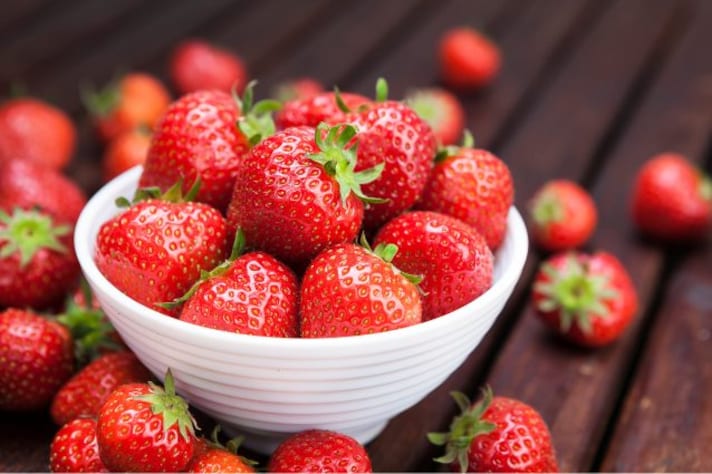
These juicy, heart-shaped fruits are a powerhouse of vitamin C, antioxidants, and manganese. They enhance heart health, reduce inflammation, and may protect against cancer. Their high fiber content also supports digestive health.
2. Raspberries

Packed with essential nutrients, raspberries are high in fiber, vitamins C and E, and antioxidants. They aid in weight management, improve arthritis, and may have anti-cancer properties. Their ketones are studied for potential obesity management.
3. Watermelon
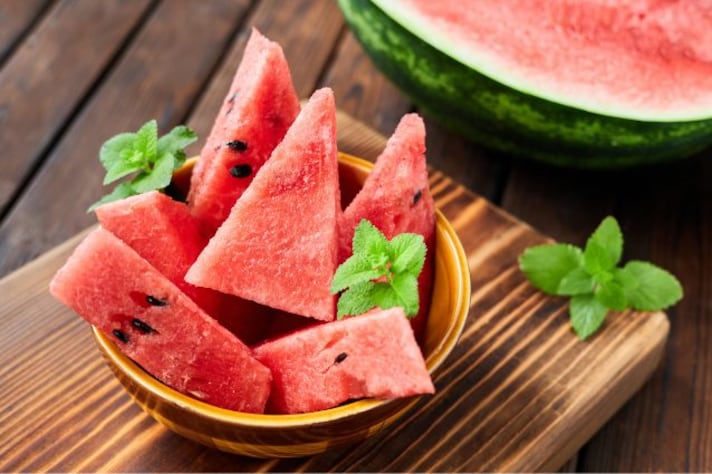
This hydrating fruit is rich in vitamins A, C, and the antioxidant lycopene, which may reduce the risk of heart disease and certain cancers. Watermelon's high water content helps keep you hydrated and supports kidney health.
4. Pink Grapefruit
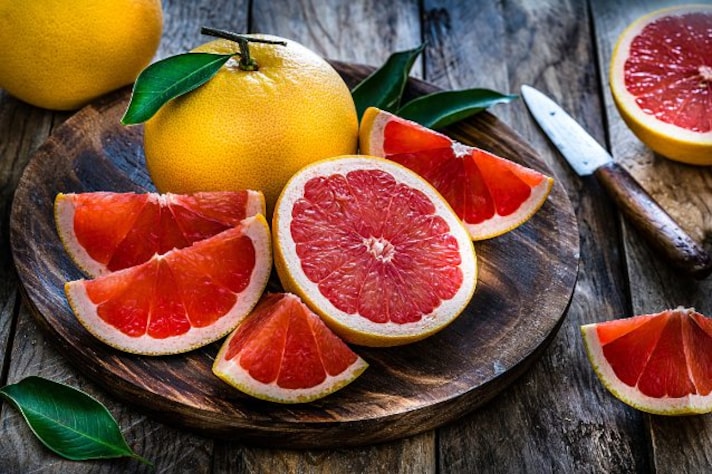
A citrus fruit high in vitamins A and C, pink grapefruit boosts the immune system, helps reduce cholesterol levels, and aids in weight loss. Its bitter compound, naringenin, has been linked to improving metabolic health.
5. Guava

Tropical guava is a nutrient-dense fruit with more vitamin C than oranges. It's also rich in dietary fiber, vitamin A, and potassium, which support eye health, improve digestion, and help control blood pressure.
6. Dragon Fruit (Pitaya)

With its unique look and rich nutrient profile, dragon fruit offers antioxidants, fiber, and vitamins C and B. It promotes a healthy gut, boosts the immune system, and may help in controlling blood sugar levels.
7. Pomegranate

Known for its high antioxidant content, pomegranates support heart health, have anti-inflammatory effects, and may help fight prostate and breast cancers. They're also rich in fiber, vitamins C and K, and folate.
8. Pink Apples (like Cripps Pink)

These apples are not only visually appealing but also nutritious, offering fiber, vitamin C, and various antioxidants. They support digestive health, improve heart health, and may reduce the risk of diabetes.
9. Beets

Beets are a great source of fiber, folate (vitamin B9), manganese, potassium, iron, and vitamin C. They have numerous health benefits, including improved blood flow, lower blood pressure, and increased exercise performance.
10. Cherries
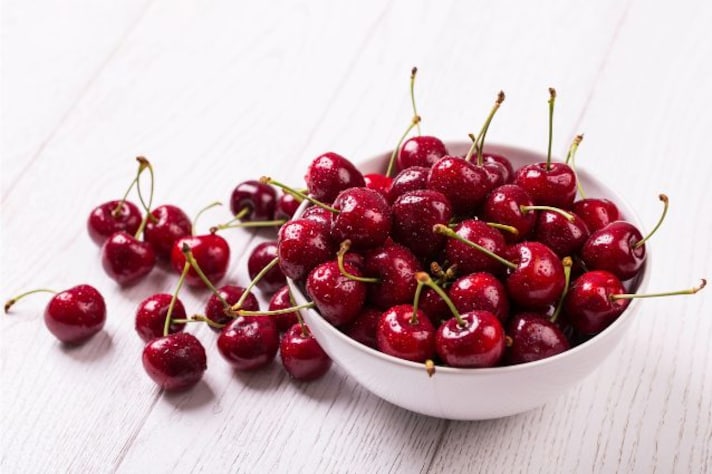
Cherries are rich in nutrients and antioxidants, including anthocyanins and melatonin, which help regulate sleep patterns, reduce inflammation, and may protect against certain types of cancer.
11. Red Onions
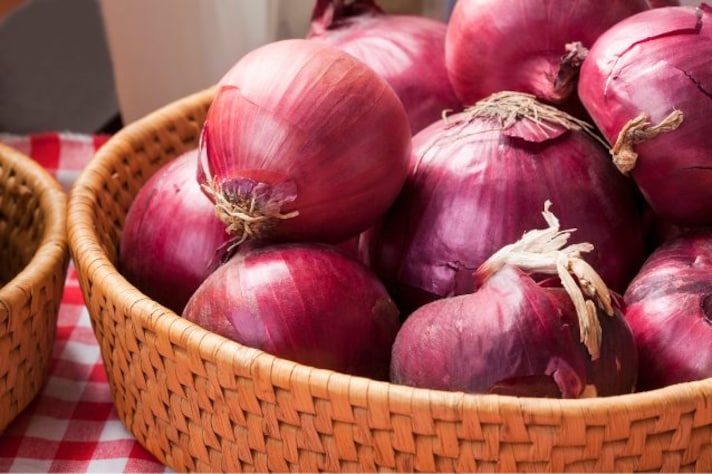
These onions add flavor and color to dishes and are high in antioxidants and compounds that have anti-inflammatory, anti-cancer, and antibacterial properties. They're also a good source of vitamin C and fiber.
12. Radishes
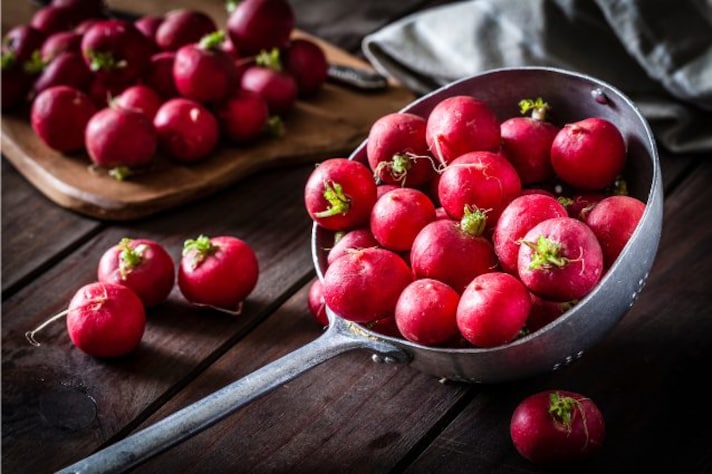
Crunchy and peppery, radishes are loaded with antioxidants, including vitamin C, and minerals like potassium and calcium. They aid in digestion, detoxify the liver, and lower blood pressure.
13. Rhubarb

High in fiber, vitamin K, and antioxidants, rhubarb supports bone health, aids digestion, and may help fight inflammation. It's often used in desserts, but its leaves are toxic and should not be eaten.
14. Pink Lentils
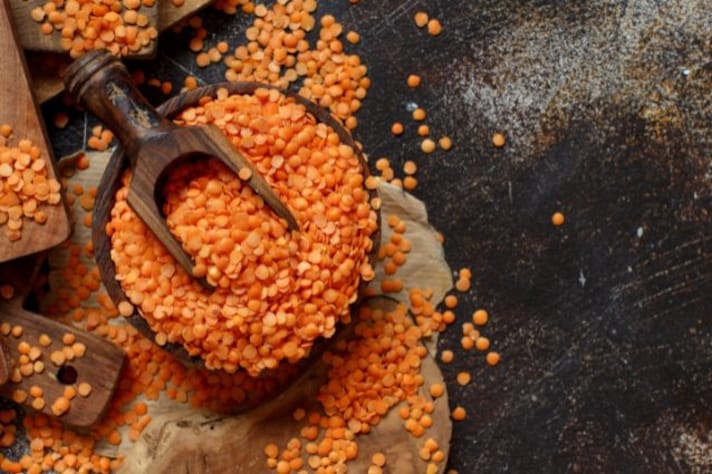
These legumes are a great vegetarian source of protein, fiber, and essential nutrients, including iron and folate. They support heart health, help stabilize blood sugar, and are easy to cook.
15. Himalayan Salt

Known for its pink color, this salt contains over 80 minerals and trace elements, including calcium, magnesium, and potassium. It helps maintain electrolyte balance, hydration, and may reduce the risk of infection.
16. Pink Salmon
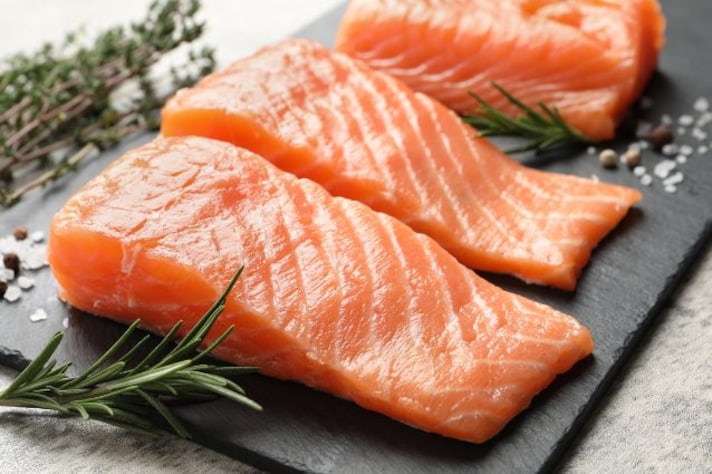
A rich source of omega-3 fatty acids, protein, and vitamin D, pink salmon supports brain health, cardiovascular health, and has anti-inflammatory properties.
17. Shrimp
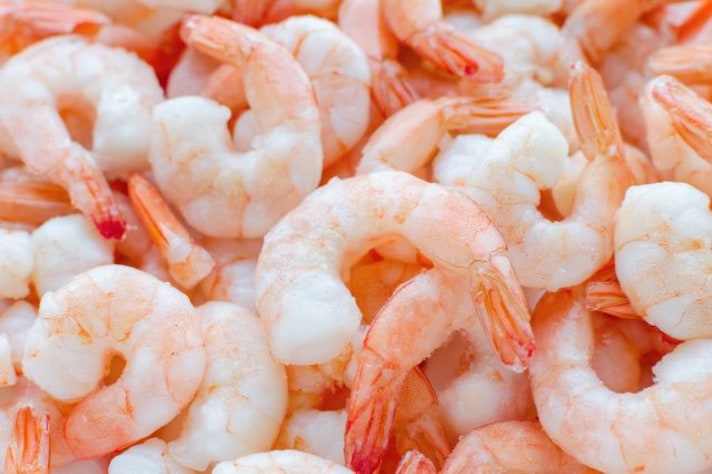
These seafood favorites are low in calories yet high in protein and selenium, an important antioxidant. They also provide omega-3 fatty acids and vitamin B12, supporting brain health and energy levels.
18. Pink Potatoes

Offering a unique twist on the common potato, pink potatoes are rich in antioxidants, vitamins, and minerals. They support heart health, boost immunity, and can help maintain healthy blood pressure levels.
19. Pink Peppercorns
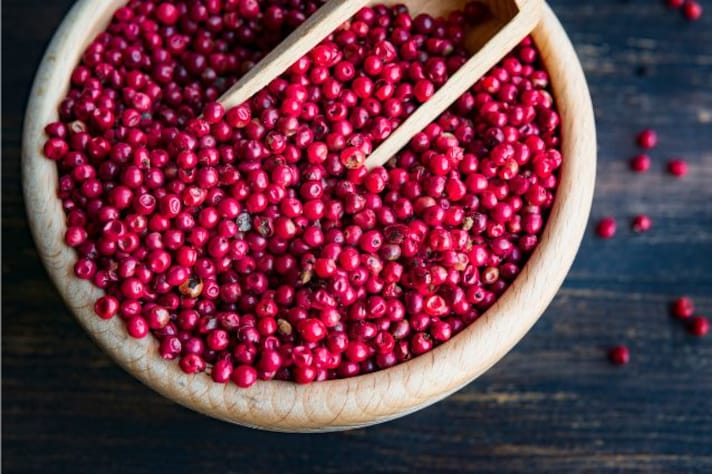
Though not true peppercorns, these berries add a sweet-spicy flavor to dishes and contain antioxidants with potential antibacterial properties.
20. Grapefruit
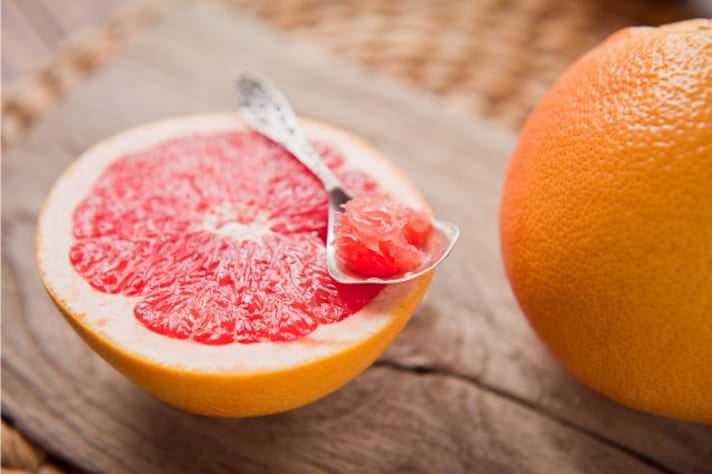
Beyond its vibrant color, grapefruit is loaded with vitamin C, antioxidants, and may aid in weight loss by reducing insulin levels and improving cholesterol levels.
21. Pink Turnips
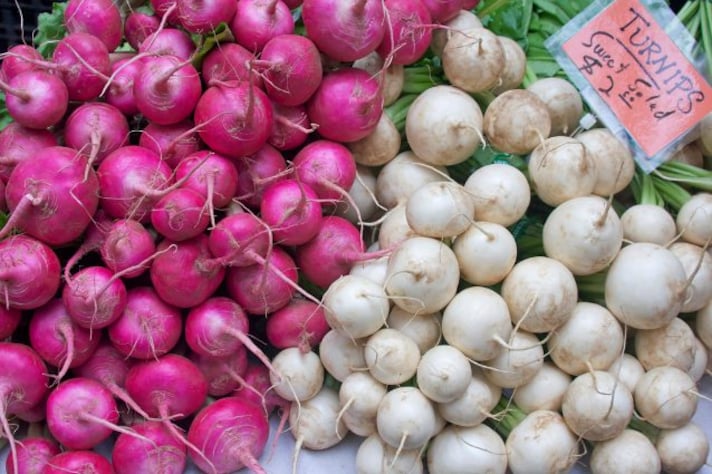
These root vegetables are high in fiber, vitamin C, and potassium. They aid in digestion, boost the immune system, and have anti-inflammatory properties.
22. Pink Pearls (apples)
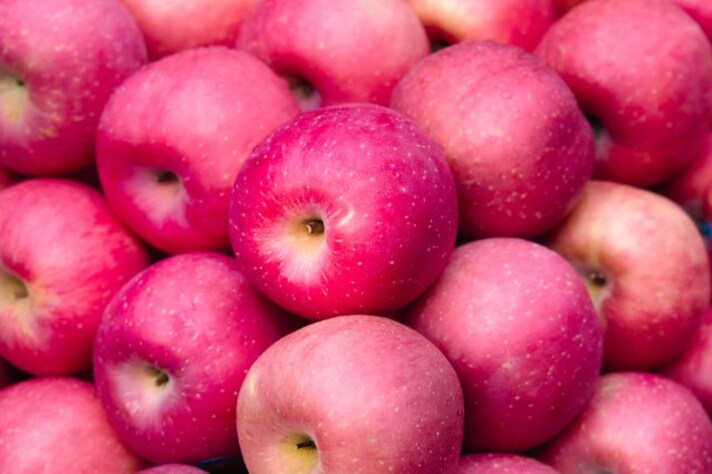
A delightful variety with a blush pink hue, these apples offer a blend of sweetness and tartness, packed with fiber and vitamin C for digestive and immune health.
23. Pink Radicchio

This chicory variety is rich in antioxidants, including anthocyanins, which have anti-inflammatory properties and support heart and eye health.
24. Blood Oranges
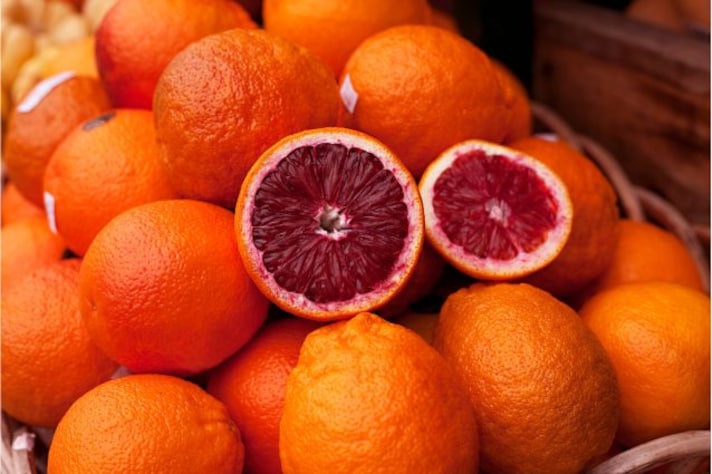
Characterized by their deep red flesh, blood oranges offer a unique flavor and are rich in vitamin C, anthocyanins, and flavonoids, supporting immune health and offering anti-inflammatory benefits.
25. Pink Mangos
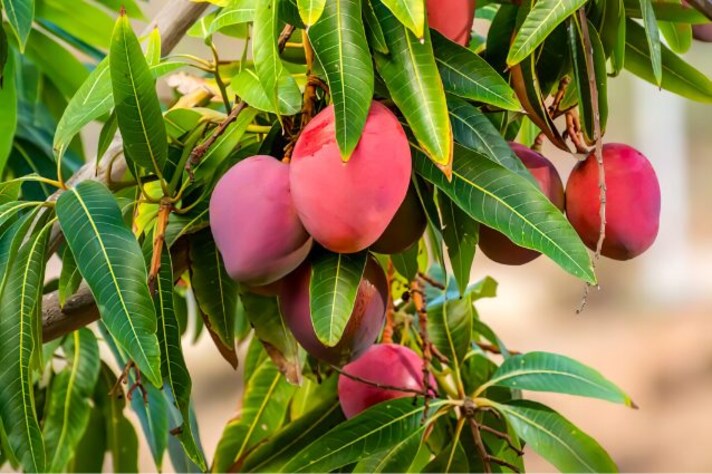
These tropical fruits are a great source of vitamins A and C, fiber, and antioxidants. They support eye health, improve digestion, and boost the immune system.
26. Pink Figs
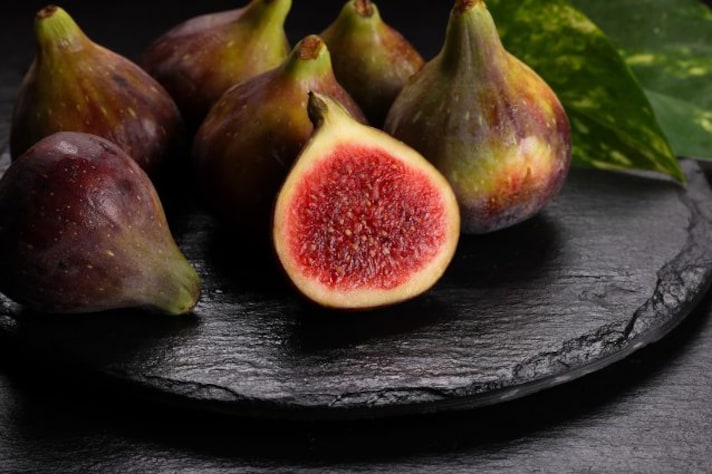
Sweet and nutritious, pink figs are high in fiber, calcium, potassium, and magnesium. They aid in digestion, promote bone density, and can help regulate blood sugar levels.
27. Cranberries
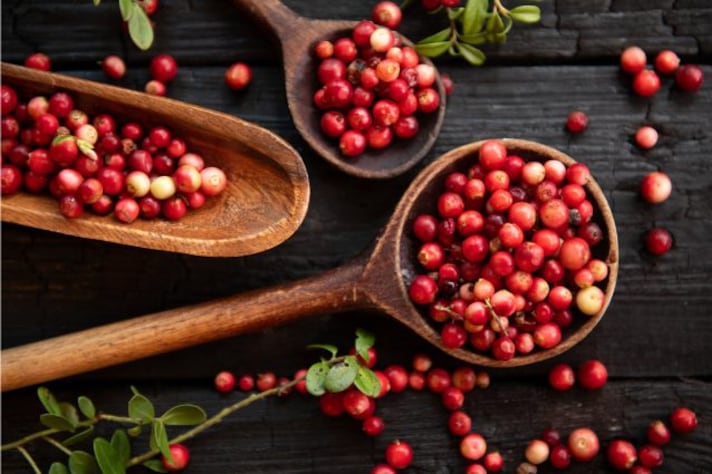
Best known for preventing urinary tract infections, cranberries are also high in vitamins C, E, and K, antioxidants, and fiber, promoting overall health and disease prevention.
28. Pink Tomatoes (like Brandywine)
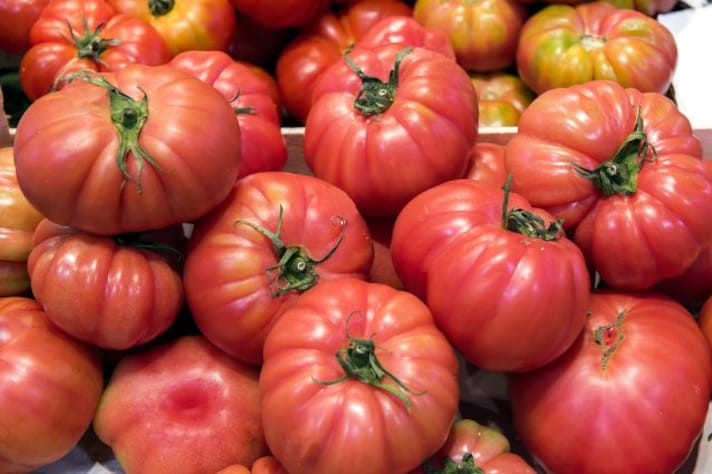
These tomatoes are not only visually appealing but also rich in lycopene, vitamins C and K, potassium, and folate, offering benefits for heart health and cancer prevention.
29. Hibiscus Tea

Made from the flowers of the hibiscus plant, this tea is rich in antioxidants and has been shown to lower blood pressure, promote weight loss, and support liver health.
30. Pink Oyster Mushrooms
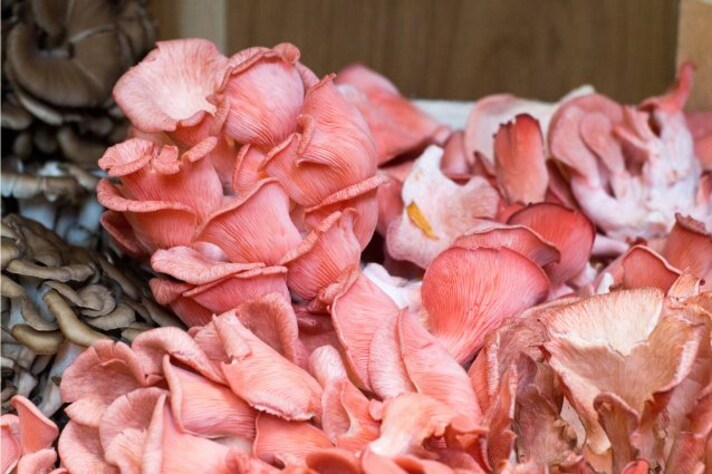
These mushrooms are not only striking in appearance but also provide a good source of protein, fiber, and antioxidants. They support immune health, reduce cholesterol, and offer anti-inflammatory benefits.
;Resize,width=767;)
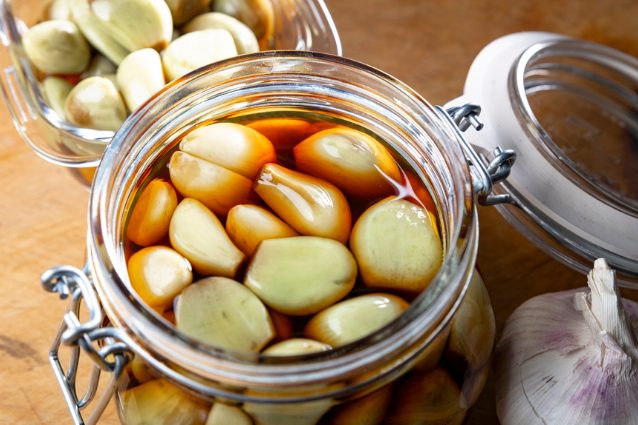;Resize,width=712;)


